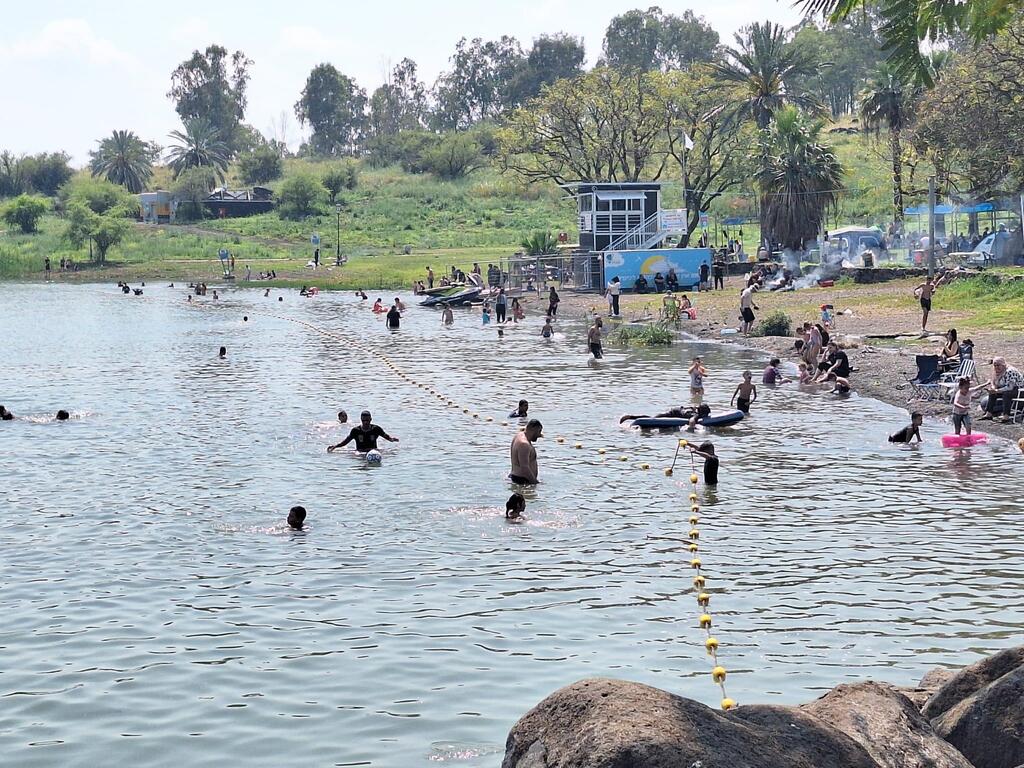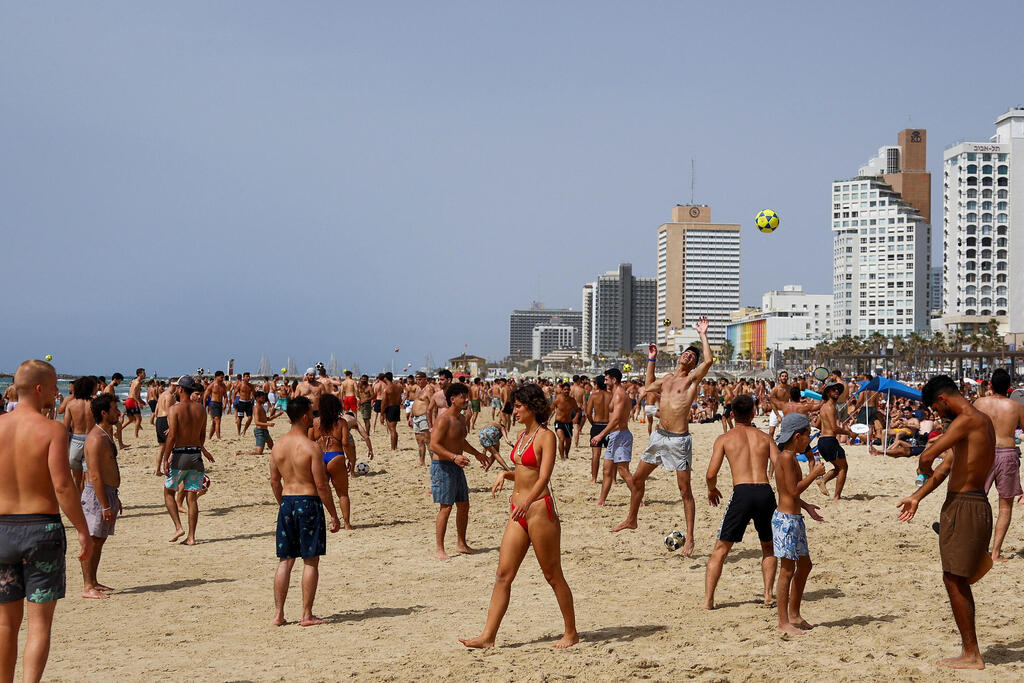Getting your Trinity Audio player ready...
A severe heat wave is expected to hit Israel during Passover, with temperatures in some regions reaching a scorching 40℃ (104℉) or higher by Wednesday, the highest temperatures recorded for April in the last 30 years.
Meteorological Service Director Dr. Amir Givati told Ynet that the hot spell reflects the new reality of the Israeli climate, influenced by global warming.
"The holiday will be unusually hot. During Passover and the intermediate days, temperatures will be about 15℃ (27℉) degrees above average,” he said. “We'll experience temperatures close to 40℃ (104℉), though not countrywide. In the Gilboa region, temperatures will hit 40℃, and 42℃ (108℉) in the Beit She'an area.”
"This isn't a regular occurrence, nor does it happen every Passover. Last year, we experienced rains and flash floods, even leading to disasters in the south.
This year, Passover is marked by extreme heat. Anyone venturing outdoors should prepare for temperatures reaching 40 degrees Celsius. Caution is advised in forests and when lighting fires, as these are truly extreme conditions, and we are issuing warnings accordingly.”
He noted that while heat waves have occurred during Passover in the past, "their frequency and intensity are increasing, a clear sign of climate change, with the warm season starting earlier than usual."
Dr. Givati said that in the changing climate reality, more hot months and extreme weather events are becoming the new normal.
"In May, we will already see temperatures of 45℃ (113℉), the same as last year,” he said. “We need to prepare for a different reality, with summer starting earlier and extreme events occurring sooner.
“Previously, this was expected in June, July and August, but now we can see it as early as April and even October. The warm season is getting longer, as is the brushfire season, which has significant implications for nature, agriculture, the environment and energy. What used to be is no longer the case."
The last time such temperatures were measured in Israel during the Passover festival was on April 20, 1994, when temperatures in the country's coastal regions reached 42℃ (108℉). On April 3, 1979, high temperatures of 38-40℃ (100-104℉) were also recorded along the coastal plain.




